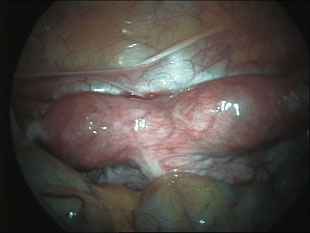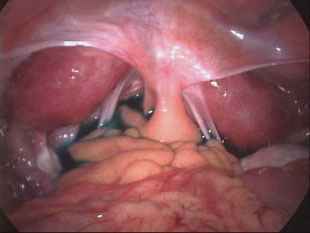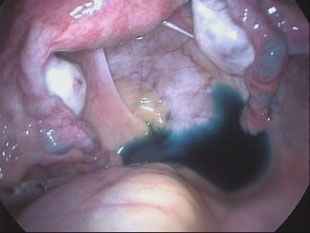Uterine Anomalies
Introduction
Uterine anomalies (abnormality present from birth) are structural abnormalities of the uterus that occur during fetal development. They include changes to both the contour of the outer surface of the uterus or to its inner cavity. Other problems, such as incomplete formation of the uterus, or an actual duplication of the uterus, can occur. Terms which are used to describe these conditions include: arcuate uterus, bicornuate uterus, didelphic uterus, septate uterus, and unicornuate uterus. Patients may be completely asymptomatic, although some of these abnormalities are associated with an increased risk of infertility and recurrent miscarriages. A blockage in menstrual flow with subsequent pelvic pain can also occur.
Treatment
Treatment is dependent completely on the patient's wishes, reproductive history, and plans for future fertility. A variety of hysteroscopic and laparoscopic procedures are available for correction of these structural abnormalities.
Introduction
Congenital anomalies are structural abnormalities that can occur throughout the body due to improper formation during fetal development. Anomalies of the reproductive tract most commonly affect the uterus, but can also alter the development of the cervix, fallopian tubes, and vagina. Examples are septums or walls that develop inside the uterine cavity or vagina, variations in the shape of the uterus, or actual duplications of the reproductive organs. These anomalies can be asymptomatic or can cause such problems as blockage of menstrual flow and subsequent pelvic pain, infertility, or recurrent miscarriage.
Congenital Anomalies
Treatment
Treatment is based on the individual anomaly, patient symptomatology, and the patient's reproductive history and desires for future fertility. Treatment is usually surgical and consists of a hysteroscopic, laparoscopic, or combined approach.
Related Treatments and Procedures
Double Uterus




